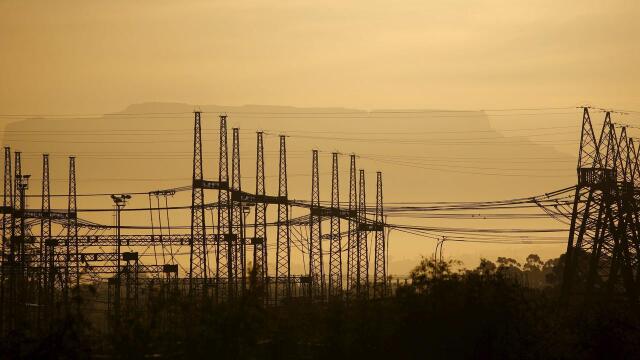INSIGHT: While Eskom is turning a performance corner, it has to contend with a massive growth in South Africa’s population, which has increased by 10.3 million since 2011. There will be a socio-economic crisis if the government doesn’t get its act together, writes Adil Nchabeleng.
By Adil Nchabeleng
WHILE Eskom is turning a performance corner, it has to contend with a massive growth in South Africa’s population, which has increased by 10.3 million since 2011, Statistics South Africa revealed last week.
Stats SA last week released the results of its Census 2022, showing that the population increased from 51.7 million in 2011 to more than 62 million in 2022; a growth rate of 19.8% in the intercensal period.
That is the reason why Eskom is not coping; we need to double the energy generation capacity and build more power stations to keep up with population growth.
The Achilles heel of South Africa is the energy crisis. While policy makers and the government ignore the need to build more power stations and respond to the alarming market demand for more energy, the population continues to grow explosively.
The Stats SA census was released but little has been done to interpret and analyse what the stats mean to the overall economy and the state of our energy generation capacity.
To understand the statistics in a broader context we have to look at the general resources capacity availability in the economy. Electricity is the bedrock of required resources needed to support a growing population.
A total improvement of 1,718 megawatts was recovered by Eskom in September. Plant breakdowns reduced from 15,984MW to 14,226MW. This was a significant improvement on the Unplanned Capacity Loss Factor (UCLF).
There has been major improvement in unit generation and overall plant performance.
The biggest problem facing Eskom is the UCLF breakdowns. Over several months, the number of unplanned breakdowns have moved from a higher level to lower new baseline level of 13,000MW, thus reducing levels of load shedding from Stage 6 to Stage 3 and below.
And while Eskom is getting its power generation act together, there is an overall upward increase on the rate of renewable energy penetration in the small-scale embedded generation (SSEG) market.
But the increase is not significant in comparison to the amount of declining baseload generation capacity.
While Eskom is getting its house in order, it is not enough in the face of the Stats SA’s population data. It has to ramp up power generation significantly for not only current but also future demand.
It also begs the question: Did Stats SA, in its counting, include all people residing in South Africa, be they legal or illegal? Does the stats reflect the total number of people within the borders of SA?
My guess is that there are millions of people unaccounted for due to the immigration status patterns. What the stats reflect is the official data. The unofficial real numbers on the ground are not reflected in the stats count.
Do we have enough resources to support and sustain the exploding population growth? This is an important question to ask. The size of a population determines the economic and energy needs of a nation.
For instance, if there has been a 10 million population increase in South Africa, how does the population increase impact on the state’s ability to provide basic services such as electricity, water and sanitation, housing, health care and education.
Access to electricity is vital. The number of households in South Africa increased from around eight million in 2011 to the now 17.8 million. The number of households has more than doubled since the dawn of democracy.
Every time the population increases, it has an effect on service delivery, in particular the provision of energy. On a statistical level, South Africa has seen a 20% population increase over the 10 years.
At this rate of population growth, South Africa is facing a youth bulge crisis, compounded by the problem with a major lack of jobs.
Data released by Stats SA in May 2023 shows that the total number of unemployed youth aged 15 to 34 years stands at 4.9 million, as a result of a 1.1% increase from the last quarter of 2022, to 46.5% for the first quarter of the year.
The country will confront a major socio-economic crisis if the government doesn’t plan to bolster its energy resources to be able to power to an expanded footprint and to make sure the economy has the ability to grow. So planning and flawless execution on implementation is critical.
The government is trying.
In 1996, South Africa was sparsely electrified. And since then, the rate of electrification has increased multifold. Only the Western Cape was adequately electrified.
As of 2022, the entire country of South Africa is sitting between 80% and 100% electrification. Almost every inch of South Africa has been covered thoroughly and electrified – a major achievement since the ushering in of the new South Africa.
If we can fix Eskom and add more additional independent energy generation capacity to the grid, overnight the economy will improve and millions of jobs will be created, while inequality, unemployment and poverty will be reduced. This is what we, as a country, have to make happen.
* Crown Prince Adil Nchabeleng is president of Transform RSA and an independent energy expert.
** The views expressed her are not necessarily those of the DFA.
– BUSINESS REPORT








